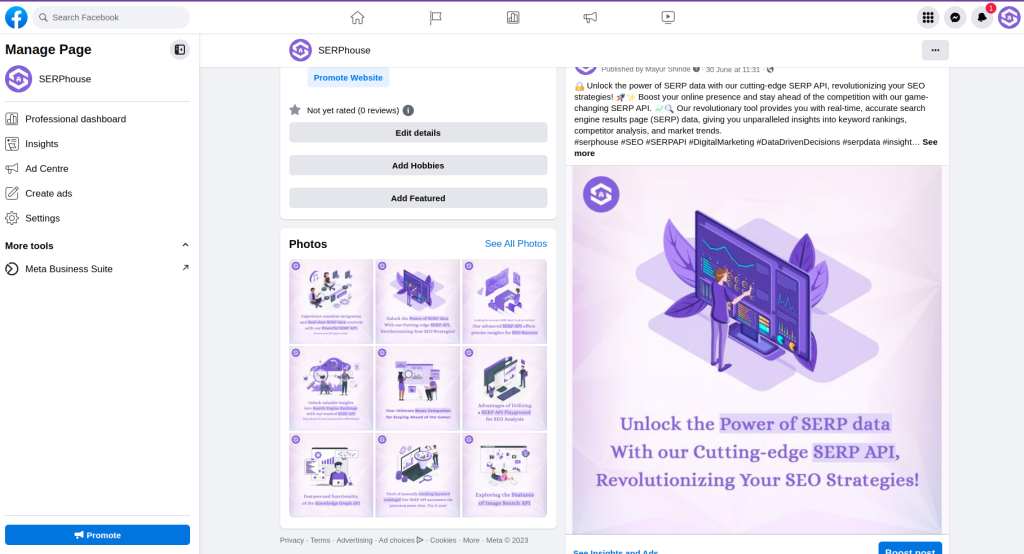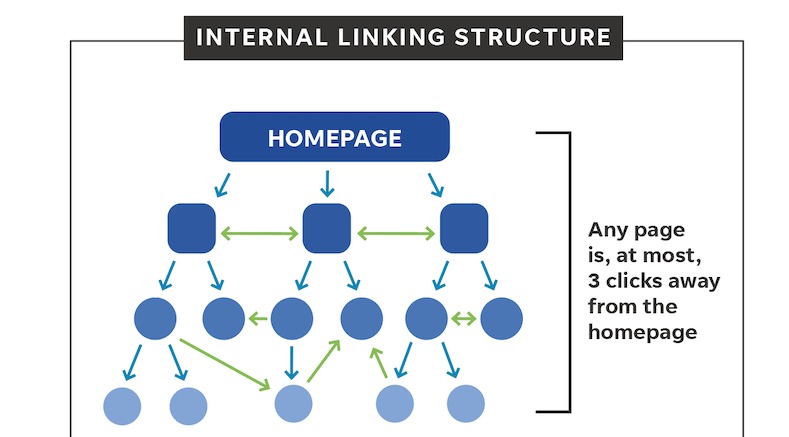
Any business’s challenge is to attract customers who are looking for a product or service like yours.
The most successful long-term approach to expanding a website or blog is to increase organic traffic. There are no fast shortcuts to generate unpaid traffic, It is difficult. In these blog we get to know about how to increase organic traffic for a business or website.
What is Organic Traffic?
The visitors who arrive on your website as a consequence of unpaid (“organic”) search results are referred to as “organic traffic.” Paid traffic, which refers to visits brought about by paid advertisements, is the reverse of organic.
Visitors are usually driven to a page on your website that responds to their search query or matches a keyword or phrase they entered.
You must have a strategy and an understanding of how search engines works, if you want to increase the amount of traffic to website.
An ideal place to begin is by deciding, what kind of content to publish and monitoring the effectiveness of postings.
How to Increase Organic Traffic?
1. Be Aware of Target Audience
Understand your audience to provide content they want. Start with a buyer’s list. Your buyer persona—your ideal customer—will guide you as you progress.
Creating a customer profile requires market research and consumer data analysis. To attract them more effectively, define your target audience and learn about their needs.
To better design, your information for them, make sure you regularly review your target audience.
2. Blog Regularly
Publishing more frequently is an easy trick to get your pages into search engines result pages more quickly. Google will check a site more regularly, when it sees that it is updated daily.
Blogs may be the finest way to increase organic site traffic. It allows you to go deeper than your website and develop a large amount of useful, persona-focused content for your market niche.
3. Utilize long-tail keywords
Use a variety of keywords in your market instead than just the popular ones. For your products or services, you might want to use more targeted keywords.
Google and other search engines will eventually consider your website or blog as a resource for that specific topic, It will improve your content’s visibility in search results and make it simpler for customers to find you. You become recognized as an authority on the subject in this way.
4. Improve the Page Titles
This is a crucial component of on-page SEO, according to Google’s algorithm. The name of the webpage is displayed in the title tag, which can be clicked to see the link’s destination.
Keep your page titles to 70 characters or less because anything longer will be abbreviated when included in Google’s organic results. Your important words should be in the title, preferably at the beginning.
5. Write Meta Descriptions that Drive Clicks
The meta description should reflect your selected keyword. The meta description, which is displayed on SERPs as well, is the text that follows the URL.
In their organic results, Google places your meta description below the page title. Instead of influencing Google’s ranking algorithm as much as page titles do, meta descriptions serve to encourage user clicks.
People read descriptions to get a taste of your page and decide whether it is worthwhile to visit.
6. Consistently Create Quality Content
As much as you can, try to write and publish, but don’t sacrifice the quality! Your chances of attracting search engines & index the quality content fast to gain organic visitors with appearing website pages in search engine result pages. Organic traffic increased when you add more high-quality content, such as thought leadership articles and blog posts, to your website or blog.
Interesting topic matter, attractive headlines, important keywords, helpful information, attention-grabbing graphics like photographs and videos, and internal linking are all characteristics of high-quality written articles (linking back from one page on your website to another).
By doing so, visitors may simply explore other areas of the same website and learn more about various subjects!
7. Use Internal links
When you have a sizable archive of information, you may link to it in blogs and on your website to direct readers to add pertinent content. This can increase the amount of time visitors spend on your website, which benefits your search engine results.
The effective use of links may increase the visibility of your content in search engine results pages (SERPs) and your authority as a resource.
8. Use Social Media
Quality blog and website content are crucial for your company, but you also need social media mentions and backlinks from other websites. When you share your blog content on social media, Google will get social signals that might improve your ranking.

Create a presence on social networking platforms like Facebook, LinkedIn, Twitter, and Instagram. All of these efforts aid in spreading online awareness of your name and website location. Concentrate on one or two platforms and execute your approach flawlessly. Avoid posting the same item four times in a row.
9. Track The Visitors and Leads
It’s essential to determine the impact of your efforts on website traffic and lead/sales generation in order to prove your worth and improve your outcomes. You may gain valuable insight into your site’s performance and find any faults that you should fix with the help of Google Search Console.
Monitoring changes in search traffic and visitors’ interactions with your website as a direct result of SEO is made easier with the aid of a tool like Google Analytics. To track how successfully your organic traffic converts to subscribers, prospects, and customers, you may set up Google Analytics reporting.
10. Track Your Results
Finally, keep in mind to closely monitor results and progress as you implement each of the possible techniques in order to better understand which ones are working best and adjust your approach accordingly for successive campaigns. Direct tracking makes it simple to monitor organic traffic.
You may monitor visits that do not originate from the direct tracking URL but rather from other websites or search engines by including a lander tracking script that already has your campaign ID in your lander.
It’s time to boost your company’s organic traffic
Generating organic traffic to your website is essential to your business, regardless of whether you’re a top brand or a blogger. The main benefit of organic traffic is its affordability. Furthermore, when implemented properly, your plan will bring in a continuous flow of traffic for several years.


